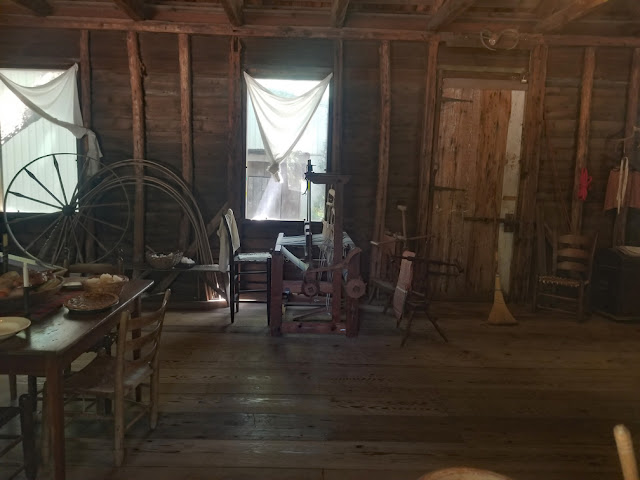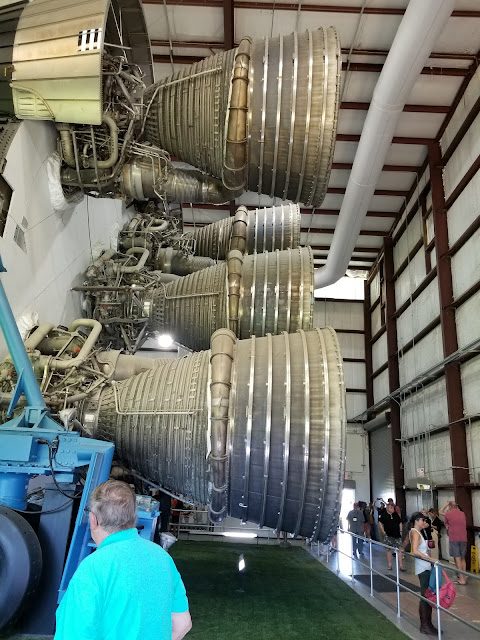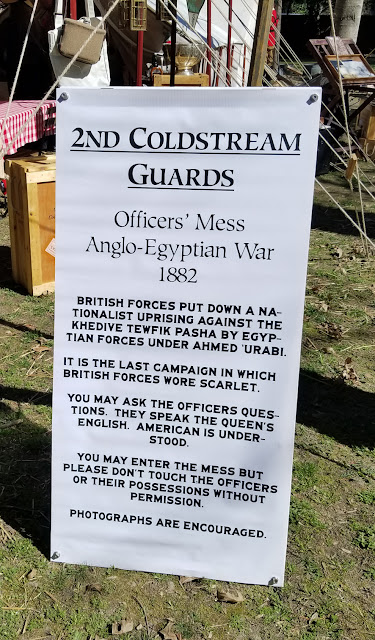Houston
Many months ago on a day when I felt unusually energetic we spontaneously made a decision to witness the last total solar eclipse occurring within the continental USA in our lifetimes. Sites in Texas had the best chance for clear skies, so we signed up for a week-long eclipse tour with TravelQuest International, a company we had good experiences with in the past. Four days before the eclipse we arrived in Houston for the beginning of the tour.
As the transport SUV drove us from the airport to our downtown hotel we were glad to have this service provided as part of the tour package. The bewildering array of signs, lane changes, off ramps, and incredible fast moving traffic would have been a nightmare to negotiate on our own. We were delivered to the palatial 26-story hotel in late morning and checked into our 19th floor room. Here are views of the hotel atrium.
After grabbing a late breakfast we had free time before the tour officially began with an evening welcome dinner. We walked a couple blocks in lovely warm 80-degree weather to nearby Sam Houston Park where we enjoyed strolling among old houses, sculptures, and monuments placed in the midst of surrounding high rise buildings. The pastoral 1900's look of the park made an interesting contrast with skyscrapers in the background.
The Saint John Church in the previous picture was built by German and Swiss immigrants in 1891 and moved to its present location.
This shaded sculpture of three coyotes around a water hole was one of the nicest on display.
I enjoyed inspecting the armillary sphere among roses. The sphere's gold-tipped central diameter, parallel to Earth's rotational axis, points to the north celestial pole at Houston's latitude. It acts as a sundial gnomon. The wide circumferential band with golden markings in a plane perpendicular to the gnomon is parallel to Earth's equatorial plane. The outer surface of the equatorial strip is decorated with zodiac signs, although the actual zodiac constellations are in the ecliptic plane (Earth's orbital plane), not Earth's equatorial plane. The inner equatorial strip surface is marked with hours upon which the gnomon shadow falls as the Sun progresses across the daylight sky. With appropriate corrections provided by a detailed plaque on the base the time of day can be read from this sundial.
The oldest restored house on the grounds was the 1823 cabin built by one of Stephen Austin's original colonists.By holding my camera up to grimy windows I was able to get two images of the interior.The yellow 1850 Nichols-Rice-Cherry House also had a restored interior which I was able to view through dirty windows.

On this day, four days before the solar eclipse, the sky was blue without a single cloud. We hoped in vain these good conditions would last. We returned to the hotel and rested a bit before the tour's official welcome dinner that night.
The next morning we headed by bus to NASA's Johnson Spaceflight Center. It took four separate buses to transport 135 people in our group, the largest group we had ever experienced on TravelQuest tours. The drive to NASA revealed a rather unattractive side of Houston - incredibly heavy traffic on expressways 5 or 6 lanes wide with rundown depressing buildings often lining the roadway.
Eventually, we arrived at the Spaceflight Center and initially sat in a large room for a talk by a retired astronaut. I expected a possibly disappointing lecture, but the astronaut, instead, only answered audience questions for 1.5 hours. His funny, self-deprecating, naval aviator dialog was entertaining and informative. I sensed he could have gone on for another half hour and no one would have minded.
After the astronaut finished we went outside to view an actual plane that ferried space shuttles across the country. A panoramic photo was necessary to capture this enormous pair. This plane had accomplished 167 ferry flights! Standing beneath this giant combination it was hard to imagine how all this mass could ever fly, but science works!
Next, we boarded a tour tram and headed out to see other things located around the sprawling complex. Along the way we passed some longhorned cattle on NASA grounds. It would have been a shame to be in Texas and not see one of the famed longhorns.
The next three pictures show the third, second, and first stage rocket engines respectively. The mind boggling complexity of pipes and pumps is on full display.

The big first stage F-1 engines were incredible. Each one of these produced 1.5 million pounds of thrust. The five engine combination on the first stage produced a total thrust of 7.5 million pounds burning kerosene and liquid oxygen. This controlled explosion lifted the huge Apollo moon rocket to a height of 38 miles and a speed of about 6,000 mph before burning out. You can judge the size of this enormous device by comparing with the man standing next to it.
Our next stop was the simulation building where astronauts train in simulated components of the International Space Station as well as in various space capsules like the Orion capsule and Boeing's Starliner. The next two panoramic pictures show the layout we saw spread out below us as we strolled on a walkway above.

The second picture shows the Zarya and Zvezda Russian modules of the Space Station. Zarya means dawn or sunrise in Russian and was the first module launched. It's also known as the (less poetic) "Functional Cargo Block" and is now used mostly for storage. Zvezda means star in Russian. It was the third module launched and provided living quarters and life support.
Our next stop was the Mission Control Center. The simulation building was the first real time operating facility we saw. I hoped we would see a real time operating control room, but that didn't happen.![]()
Instead, we were ushered into an accurate restoration of the actual Apollo mission control room of 1969. The restoration was so good it even included ash trays full of cigarette butts, a sign of how ubiquitous smoking was in 1969 compared to today. Check out the old telephones and pencil and papers - relics of the past. Virtually everyone in the 1969 room would have been a white male with short hair wearing a white shirt and tie. It's nice to see more diverse control rooms these days.
The next morning we left Houston for San Antonio. Sunny weather continued for our journey, but a dreadful cloudy forecast for the upcoming solar eclipse day was unchanged.














































